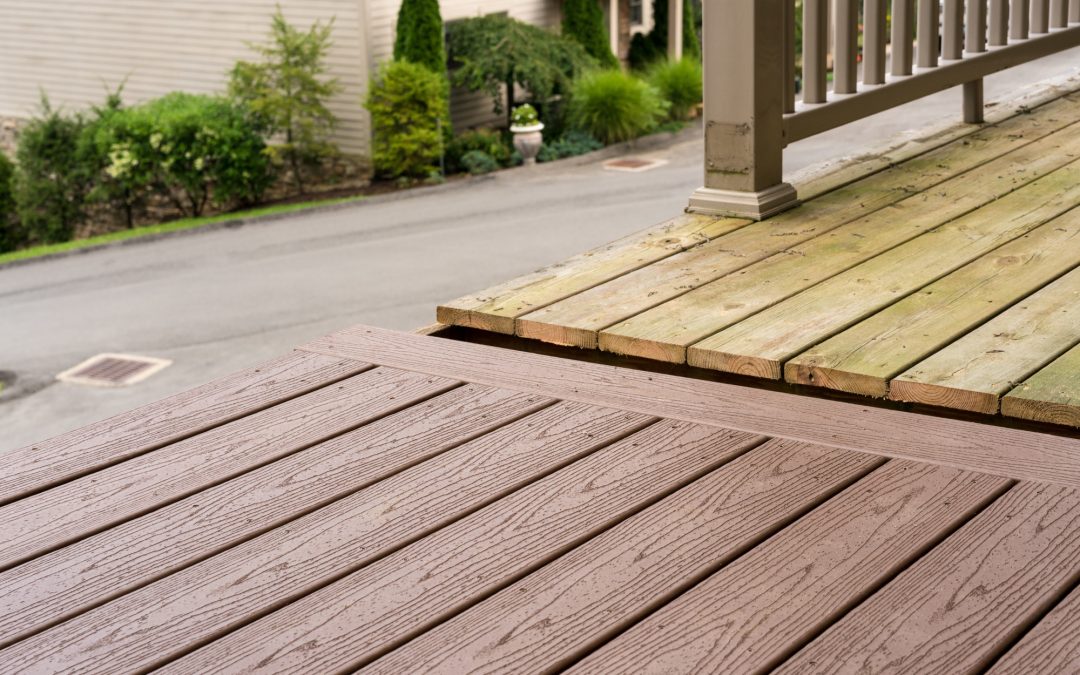Your floor provides design value just as much as it provides functional value. When it comes to concrete flooring, people have used epoxy for years to protect garages, patios, and basements.
In the past, epoxy has been the go-to coating for concrete flooring. But with new options on the market, the epoxy floor coating isn’t the best anymore.
Polyurea coatings are the new, even better, option for garages, patios, or any other room with concrete flooring.
But before you jump right into the newest thing, first consider all the reasons you shouldn’t use an epoxy floor coating.
1. Epoxy Floor Coating Doesn’t Adhere
Though epoxy adheres to concrete better than paint does, after a while it starts to come up and look worse for wear. Polyurea adheres through chemical bonds so there’s no chance of it peeling up after time passes.
Because of this weaker adherence, epoxy is prone to chipping and cracking. Epoxy is especially prone to cracking and peeling up on hot days. If you live in a hot climate, you’re likely to see these effects sooner rather than later.
Even hot tires can cause the epoxy to peel up and stick to them instead, which is no good for your garage floor or your tires.
2. Epoxy Takes Days to Cure
No one wants to wait a week to park in their garage or use their patio. That can be especially detrimental to businesses that rely on in-person client visits.
Epoxy takes at least five days to cure completely. During those five days, you have to keep all traffic, kids and pets included, off the still-drying coat. If you’re using the epoxy to coat something outside, such as a patio, it’s common for dirt or debris to cause bubbling or stick to the brand new epoxy coating.
Polyurea coatings dry in a single day. So, there’s less chance of bubbling or debris making its way in. And you don’t have to shut down business for a week or skip on parking your car in the garage for a week.
3. Epoxy Flooring Mistakes Are Common
Epoxy is cheap and many big box stores sell kits for people to epoxy their concrete surfaces. However, without proper training—even with proper training—there are a lot of things that can go wrong with the application.
If the concrete isn’t treated correctly before applying the epoxy, the epoxy won’t stick to the concrete. Professionals realize that simply cleaning the floor with an acid-based cleaner won’t prepare the concrete for epoxy application. Instead, they use high powered concrete grinders to prepare the concrete.
Substances like oils and silicons seep deep into the concrete’s pores, which contaminate the concrete so that epoxy won’t adhere correctly. If this is the case, that part of the flooring has to be replaced or shot blasted.
Another common mistake with the epoxy application is not having a dry enough environment. In basements or garages that have a moisture problem, or homes that are in humid places, the epoxy won’t cure right.
4. Epoxy Fades
Epoxy is very sensitive to UV rays. In an area that’s always in the sun, epoxy is likely to fade very quickly. Even epoxy coating in a garage is subject to fading, and you have to be careful to not leave your garage door open too long during the daytime.
With polyurea coatings, you don’t have to worry about fading. So, it’s a better long-term option for coating concrete surfaces outside and inside.
Epoxy never truly cures. So as time goes on, the epoxy continues to harden. Eventually, epoxy becomes so hard that it gets brittle and begins cracking. It’s not very flexible when it comes to temperature changes either.
If you live somewhere that gets very cold in the winter or very hot in the summer, the epoxy is likely to crack from the different temperatures and pressures.
Unlike epoxy, polyurea is a flexible coating that won’t crack because of changing temperatures, and it won’t crack over time because of becoming brittle.
5. Winter Epoxy Application Doesn’t Work
Due to the temperamental and inflexible nature of epoxy, you have to apply it at the right temperature. That makes winter or cool weather applications near impossible. In certain parts of the county, that only leaves a small window of opportunity.
If you’re a business, you want to get your new concrete floor coating done during the offseason. Epoxy makes that extra tricky because, not only does it take five days to cure, but you can only apply the epoxy during certain times of the year. Chances are, that time of year doesn’t coincide with your offseason.
Polyurea Floor Coatings: A Better Way
Polyurea coatings are the better option for people who want something strong and attractive for their floors. Not only will it last longer, but it will also look better.
Unlike epoxy coatings, polyurea doesn’t fade with UV exposure, it’s extra resistant to moisture damage, it cures in a single day, and it resists stains and corrosion.
With polyurea, you don’t have to worry about shutting down your business or blocking off your garage for five days. It’s a quick process, and you’re usually back to using the space within the next day.
Also, there is no perfect temperature window for applying polyurea. No matter what time of year you decide to get a new floor coating, it won’t affect the polyurea’s application. That means you can pick the time that’s the most convenient for you.
Garage Force Flooring Solutions
If you’re still on the fence, our knowledgeable and friendly representatives are sure to help answer all your questions about a new polyurea floor.
Once you’ve decided an epoxy floor coating isn’t for you, we’ll be happy to help you install a custom garage or patio floor coating. Contact us to learn more!

